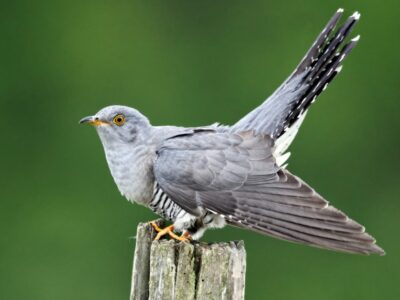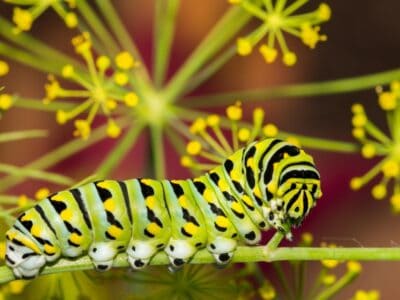Below you can find a complete list of New Caledonian animals. We currently track 132 animals in New Caledonia and are adding more every day!
New Caledonia is a French-owned island territory around 900 miles east of Australia. It comprises many islands, but its main islands are New Caledonia, the Loyalty Islands, Iles des Pins, and the Belen Islands. There are also many small uninhabited islands, coral reefs, and atolls.
New Caledonia is known for its mild climate, gorgeous beaches and unspoiled waters. It is considered an ecological hotspot for its rich biodiversity and healthy coral reefs.
What is the National Animal of New Caledonia?
Its national animal is the Cagou or kagu (Rhynochetos jubatus). This bird is the last remaining member of the endemic Rhynochetidae family.
The kagu is a large, gray bird with a beautiful white crest on its head. Its gray color has given it the nickname “ghost of the forest.” It makes a unique “barking” sound when it is threatened or trying to attract a mate.
Kagus were plentiful in New Caledonia until the islands became heavily inhabited. The introduction of domestic pets and the pet trade decimated their numbers, however. Today, kagus are a protected species. Some zoos, including the San Diego Zoo and Noumea Zoo in New Caledonia, have successfully bred kagus in captivity.
Wildlife in New Caledonia
New Caledonia has been isolated from most of the world until the past two centuries. Its remoteness and isolation have created unique flora and fauna that only exist there.
Like other island countries with healthy reef systems, New Caledonia is an important nesting and feeding site for green sea turtles, whales, and killer whales. It is also a sanctuary for endangered marine mammals. The population of dugongs here is the third-largest in the world.
What Kinds of Animals Live in New Caledonia?
New Caledonia is home to almost 200 bird species and many types of marine life. Among the rare birds, you will find are the black-winged petrel, sacred kingfisher, silver gull, white tern, wandering whistling duck, and the zebra dove.
It is also home to more than 100 reptile species. You can easily find almost every type of gecko and skink here.
New Caledonia is noteworthy for its endemic bavayias, which are sometimes known as New Caledonian. These 12 species are small to medium-sized geckos with longer tails than other gecko species.
New Caledonia’s only mammals include several endemic bat and flying fox species. You can see the New Caledonia blossom bat (Notopteris neocaledonicus), the Loyalty Island long-fingered bat (Miniopterus robustior) and the ornate flying fox (Pteropus ornatu).
Interesting Facts About the Fauna of New Caledonia
Besides having unique species, New Caledonia is interesting for what it doesn’t have. On this island territory, there are:
- No native mammals except bats and flying foxes.
- No frogs.
- No venomous snakes.
- No malaria-carrying mosquitoes.
Where Can You See the Top Wild Animals in New Caledonia?
There are several protected areas on both land and sea in New Caledonia. Blue River National Park is a sanctuary for kagu birds. The Noumea Zoo and Forest Park is a conservation site for reptiles, bats and native birds.
Parc des Grands Fougeres is a vast national park that protects hundreds of acres of rainforest and ferns.
New Caledonia’s lagoons, with their diverse reefs and associated ecosystems, were designated a UNESCO World Heritage site in 2008. The Natural Park of the Coral Sea protects these reefs and more than 50,000 square miles of marine ecosystems essential to the people, biodiversity and climate resilience of the Pacific islands.
This massive protected area helps preserve the health of these important ecosystems.
For local people, the lagoon provides water, food and a means of trade. Its health is vital to their unique traditions.
A Sanctuary for Endangered Wildlife
New Caledonia is famous for its diverse ecosystems and many unusual creatures. It is an important nesting and feeding site for sea turtles, dugongs, unusual bats and rare birds. Conservationists hope these islands will continue to provide shelter and sanctuary for the world’s most precious endangered species.
The Flag of New Caledonia
There are two flags in use in New Caledonia – the French tricolor flag and the Kanak flag of independence, which was just adopted in 2010.
New Caledonian Animals
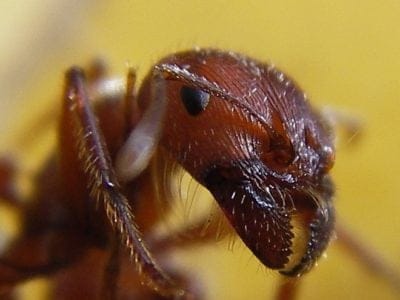
Ant
First evolved 100 million years ago!
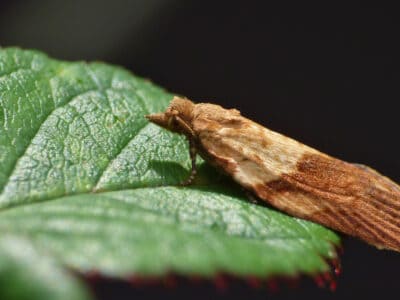
Apple Moth
In Australia the LBAM causes $21.1 million annually in lost production and control costs
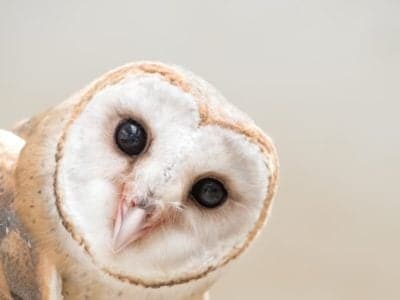
Barn Owl
Found everywhere around the world!
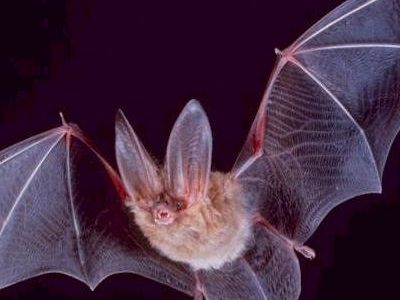
Bat
Detects prey using echolocation!
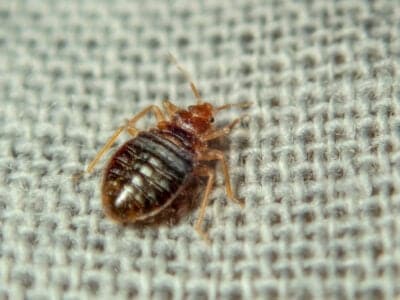
Bed Bugs
Bed bugs feed for 4-12 minutes.
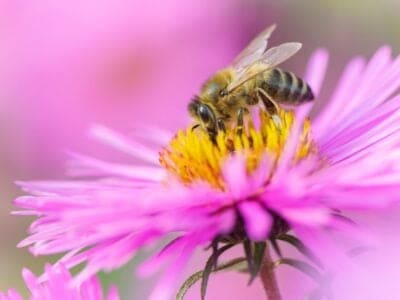
Bee
Rock paintings of bees date back 15,000 years
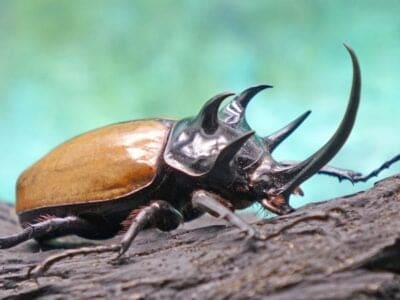
Beetle
There are more than 350,000 different species

Bird
Not all birds are able to fly!
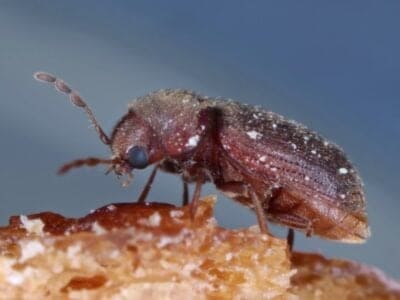
Biscuit Beetle
The biscuit beetle form a symbiotic relationship with yeast
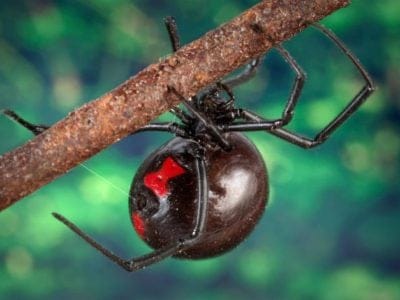
Black Widow Spider
They typically prey on insects!
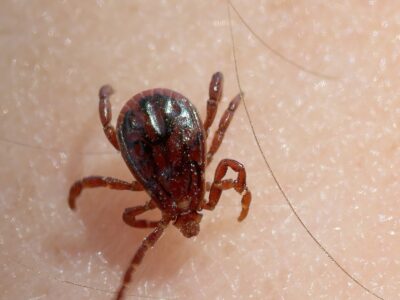
Brown Dog Tick
Can live its entire life indoors
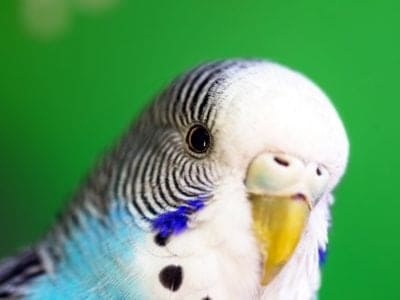
Budgerigar
Natively found in Australia!
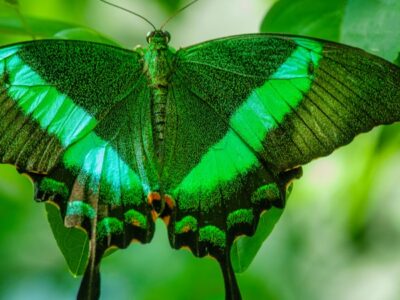
Butterfly
There are thought to be up 17,500 species!
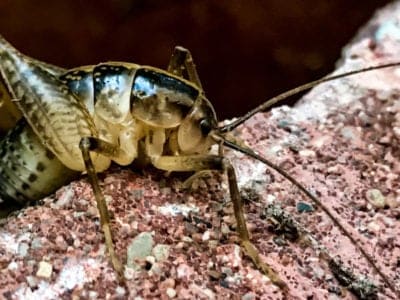
Camel Cricket
The camel crickets that are found in the USA are light brown in color. They also have dark streaks all over their body.
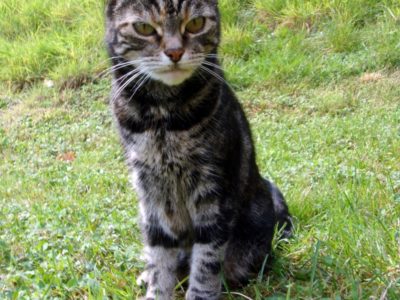
Cat
May have been domesticated up to 10,000 years ago.
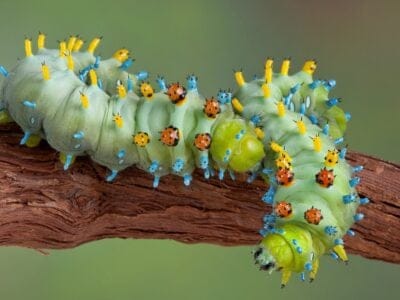
Caterpillar
The larvae of a moth or butterfly!
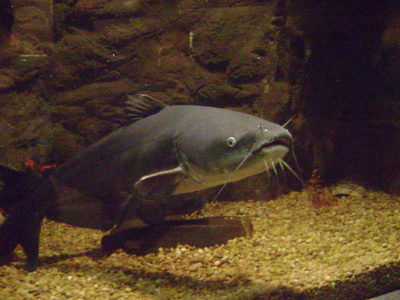
Catfish
There are nearly 3,000 different species!
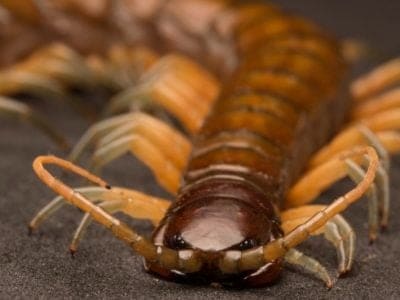
Centipede
There are about 3,000 documented species!
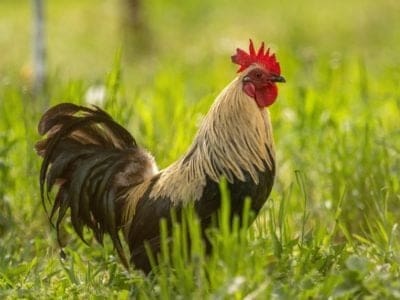
Chicken
First domesticated more than 10,000 years ago!
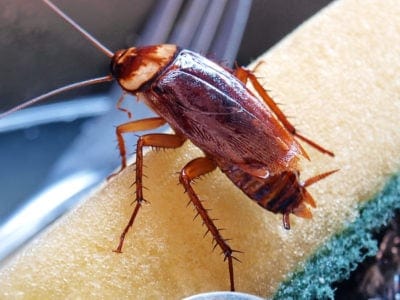
Cockroach
Dated to be around 300 million years old!
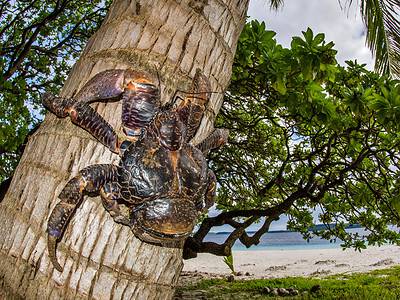
Coconut Crab
The largest terrestrial arthropod in the world
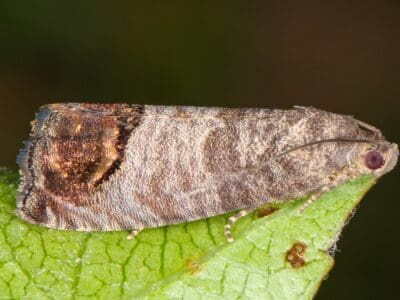
Codling Moth
Pupae are able to undergo diapause to survive poor fruit yield years and winter.
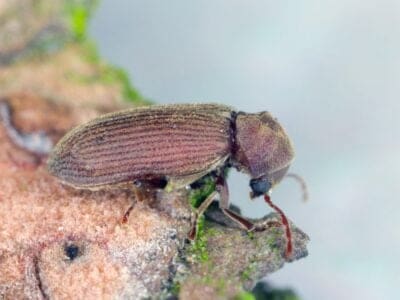
Common Furniture Beetle
The common furniture beetle feeds exclusively on wood
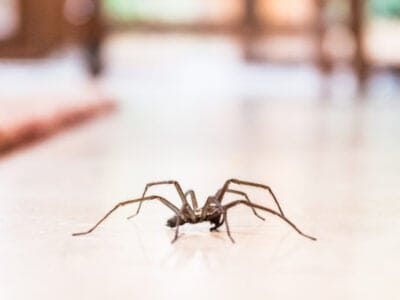
Common House Spider
House spiders have the ability to eat most insects in a home.
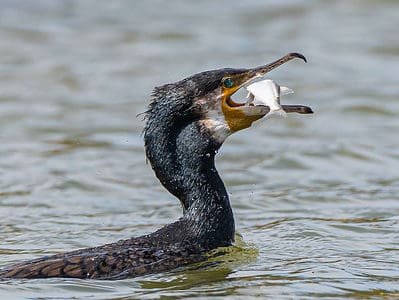
Cormorant
They can fly 35 mph and dive 150 feet below water.
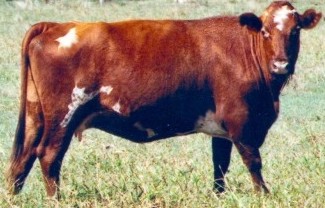
Cow
There are nearly 1.5 billion worldwide!

Crab
There are 93 different crab groups
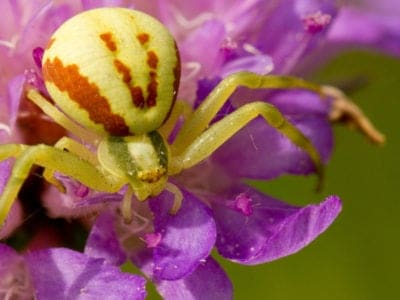
Crab Spider
Crab Spiders can mimic ants or bird droppings
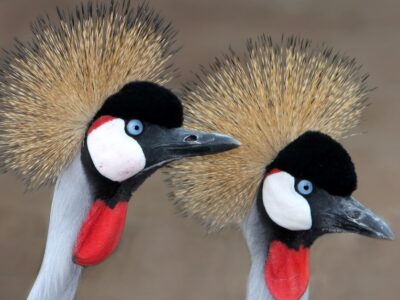
Crane
Many are critically endangered species!
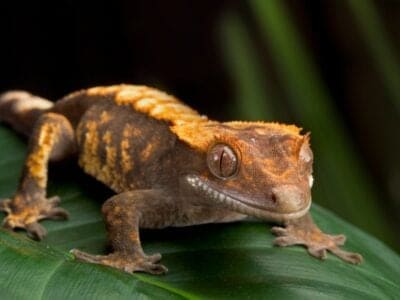
Crested Gecko
The crested gecko can walk on glass and even has a prehensile tail.
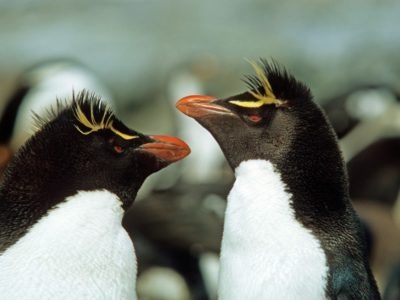
Crested Penguin
Has long yellow eyebrows!
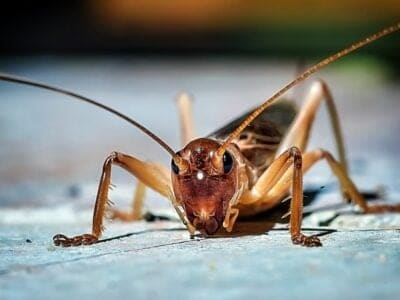
Cricket
Male crickets can produce sounds by rubbing their wings together
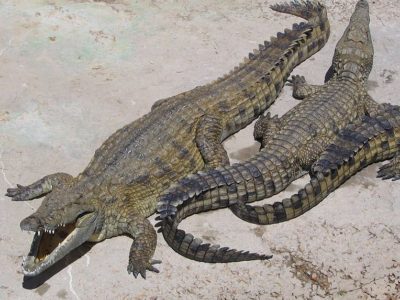
Crocodile
Have changed little in 200 million years!
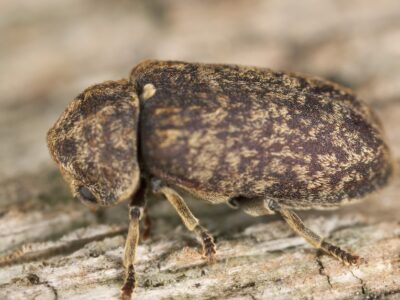
Deathwatch Beetle
The adult deathwatch beetle taps on the wood to find a mate.

Dog
First domesticated in South-East Asia!
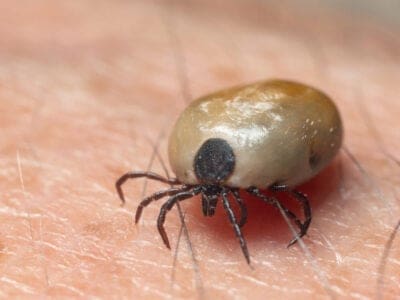
Dog Tick
Dog ticks feed on dogs and other mammals
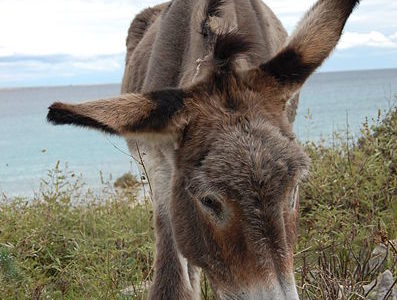
Donkey
First domesticated 5,000 years ago!
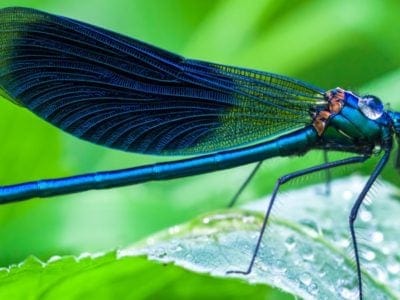
Dragonfly
It's larvae are carnivorous!
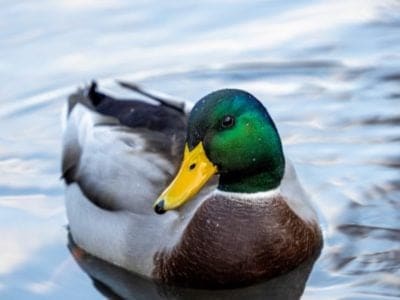
Duck
Rows of tiny plates line their teeth!
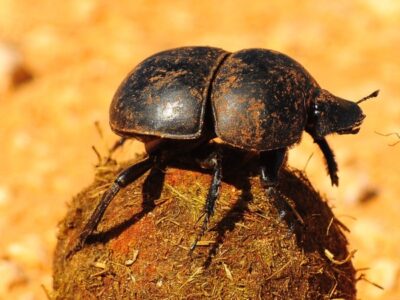
Dung Beetle
The dung beetle can push objects many times its own weight
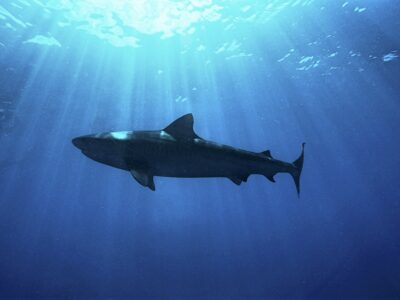
Dusky Shark
The Dusky Shark sometimes eats trash discarded by humans.
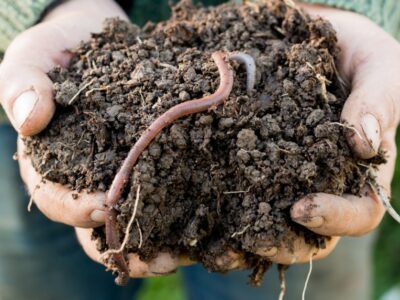
Earthworm
They are hermaphrodites, which means they have male and female organs
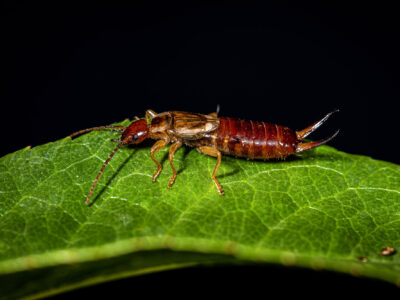
Earwig
There are nearly 2,000 different species!

Eel
Eels can be a mere few inches long to 13 feet!
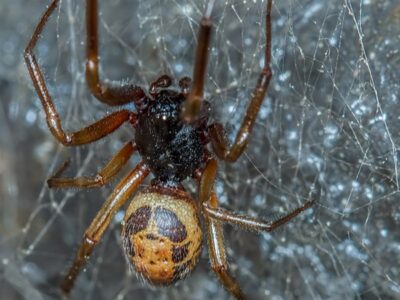
False Widow Spider
False spiders actually prey on black widow spiders and other hazardous spiders
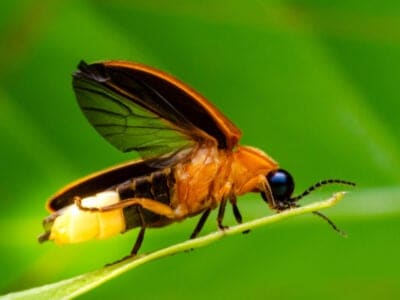
Firefly
The firefly produces some of the most efficient light in the world

Flea
Adult fleas can jump up to 7 inches in the air

Fly
There are more than 240,000 different species!
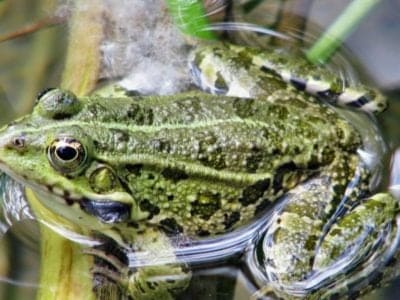
Frog
There are around 7,000 different species!
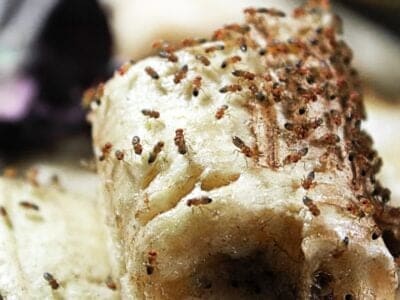
Fruit Fly
Fruit flies are among the most common research animals in the world
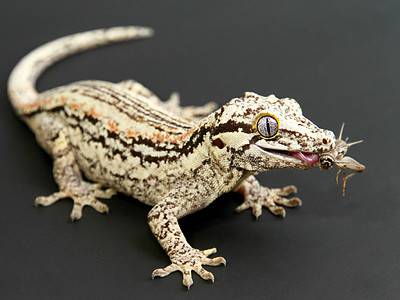
Gargoyle Gecko
Gargoyle Geckos are about an inch long and weigh as little as 3 grams when they hatch!
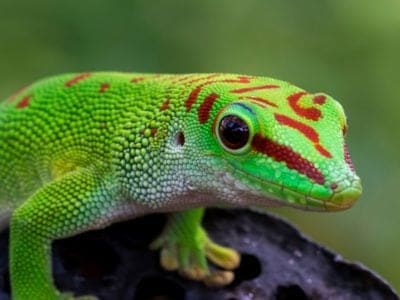
Gecko
There are thought to be over 2,000 species!
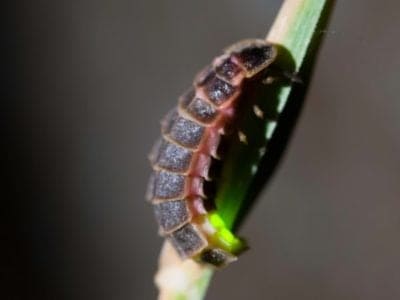
Glowworm
Found inhabiting dense woodland and caves!
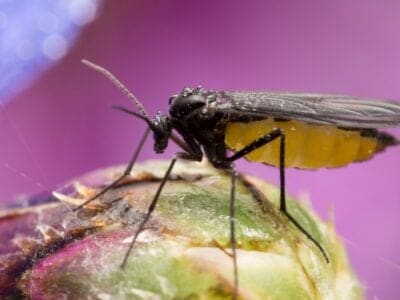
Gnat
Males form large mating swarms at dusk
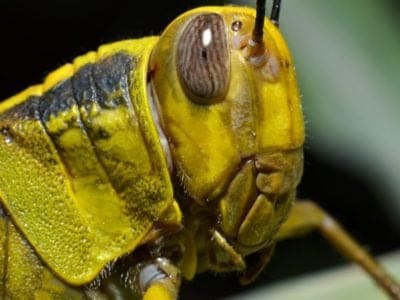
Grasshopper
There are 11,000 known species!
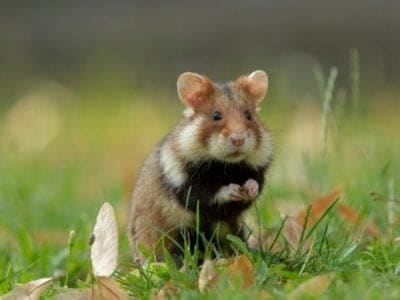
Hamster
Able to run as quickly backwards as forwards!
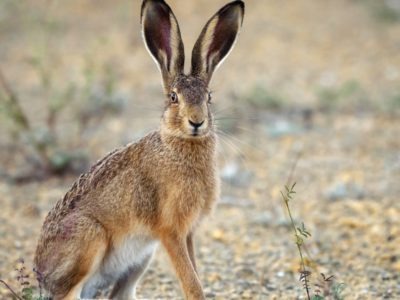
Hare
Can reach speeds of over 50 mph!
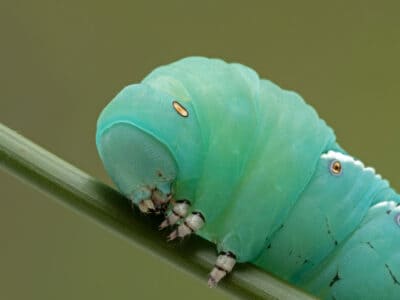
Hawk Moth Caterpillar
Many hawk moth caterpillars eat toxins from plants, but don’t sequester them the way milkweed butterflies do. Most toxins are excreted.
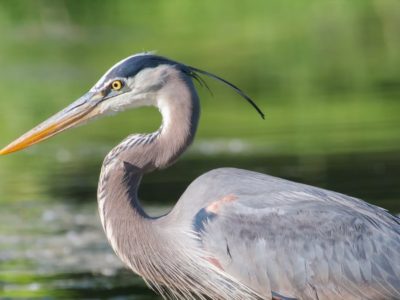
Heron
Inhabits wetlands around the world!
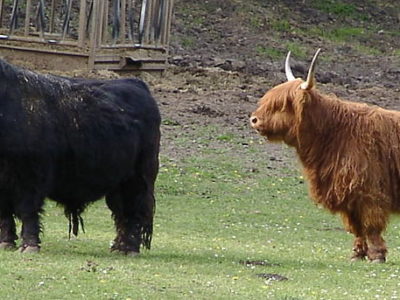
Highland Cattle
Natively found in the Scottish Highlands!
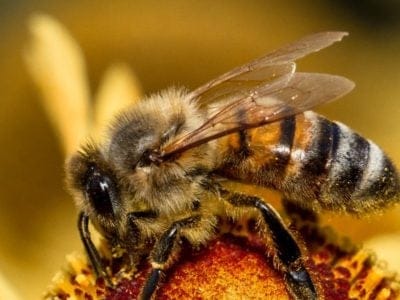
Honey Bee
There are only 8 recognized species!
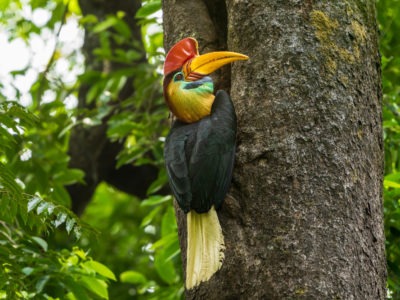
Hornbill
The bird has a massive horn on its bill!
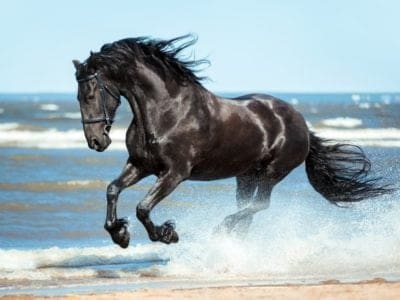
Horse
Has evolved over 50 million years!
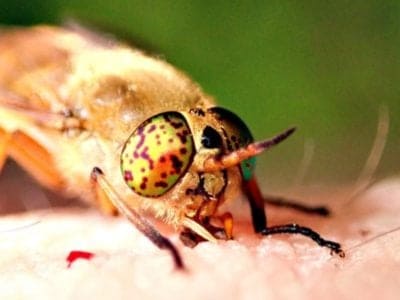
Horsefly
Horseflies have been seen performing Immelmann turns, much like fighter jets.
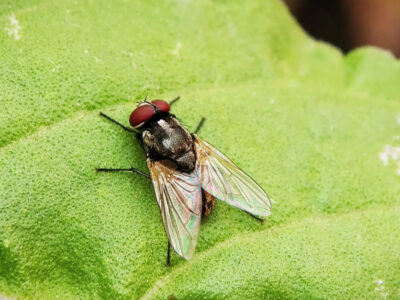
Housefly
The fly has no teeth
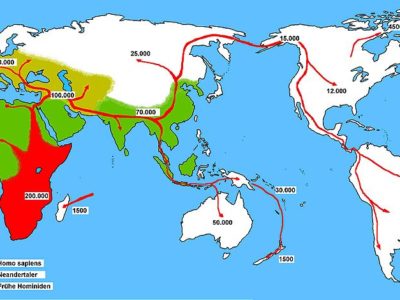
Human
Thought to have orignated 200,000 years ago!
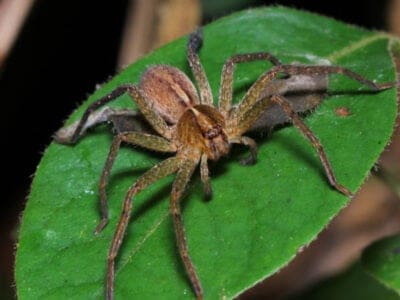
Huntsman Spider
Some huntsman spiders have an interesting way of moving around. Some cartwheel while others do handsprings or backflips.
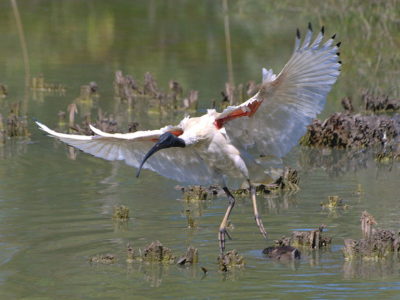
Ibis
Found in swamps, marshes and wetlands!

Insects
There are an estimated 30 million species!
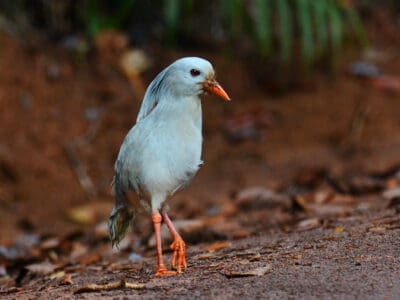
Kagu
The endangered kagu is the only bird in the world with nasal corns!
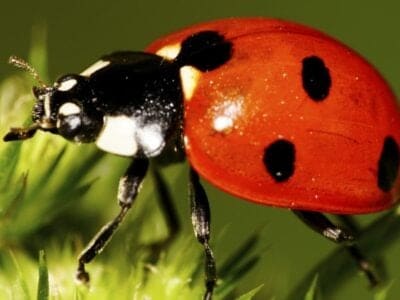
Ladybug
There are more than 5,000 species worldwide!
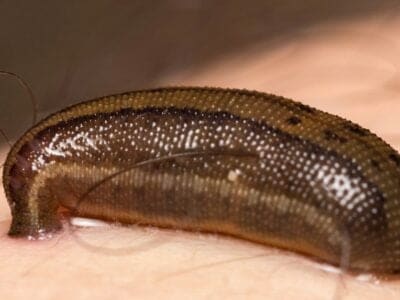
Leech
Has 10 pairs of eyes!
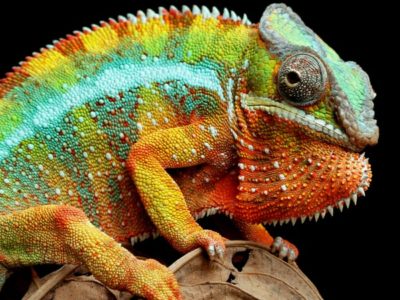
Lizard
There are around 5,000 different species!
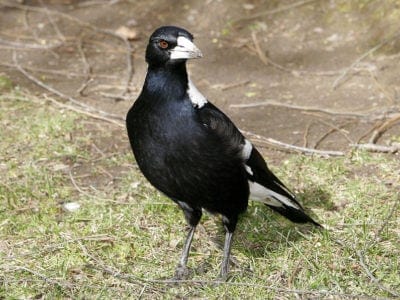
Magpie
They are found across Europe, Asia and Africa!
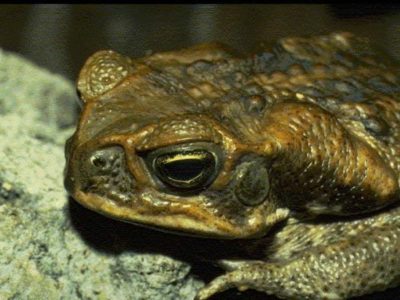
Marine Toad
Produces a toxin used in arrow darts!
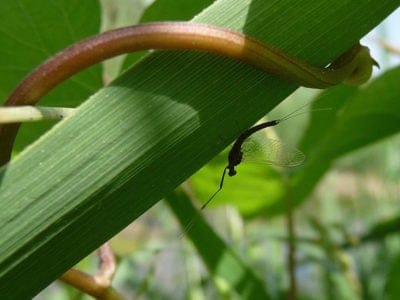
Mayfly
There are 2,500 known species worldwide!

Mealybug
They have a symbiotic relationship with ants.
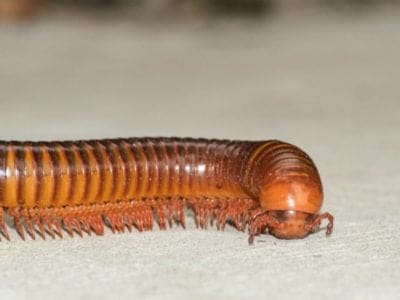
Millipede
Some species have a poisonous bite!
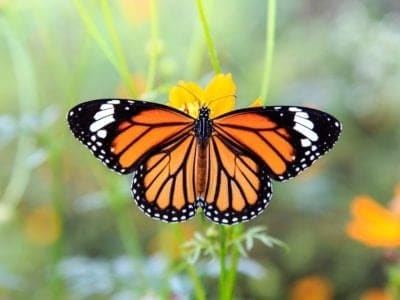
Monarch Butterfly
During migration, Monarch Butterflies may travel 250 or more miles each day.
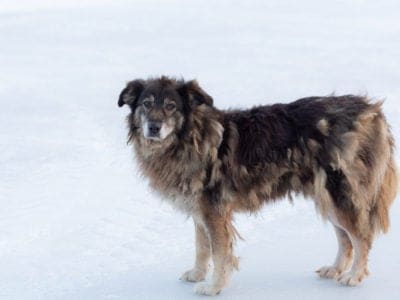
Mongrel
Has characteristics of two or more breeds!
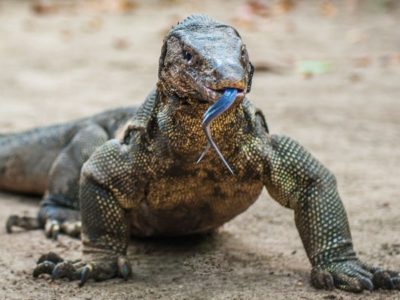
Monitor Lizard
Some species are thought to carry a weak venom!
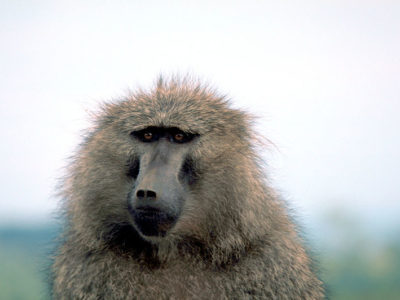
Monkey
There are around 260 known species!
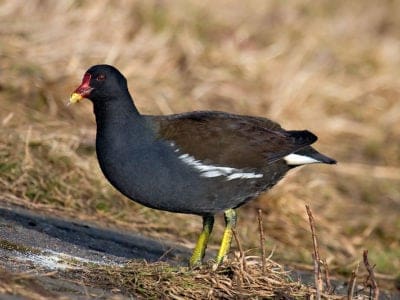
Moorhen
Feeds on aquatic insects and water-spiders!
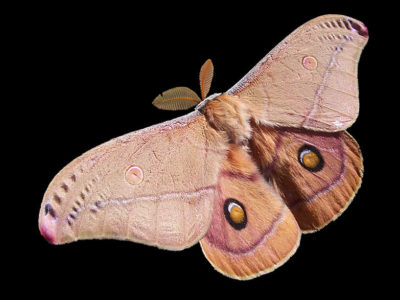
Moth
There are 250,000 different species!
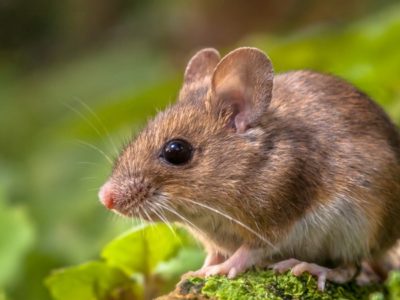
Mouse
Found on every continent on Earth!

Nematode
Nematodes range in size from 1/10 of an inch to 28 feet long

Orb Weaver
Females are about four times the size of males
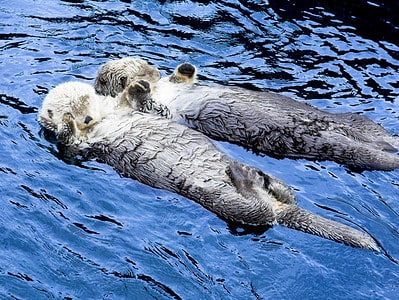
Otter
There are 13 different species worldwide

Owl
The owl can rotate its head some 270 degrees
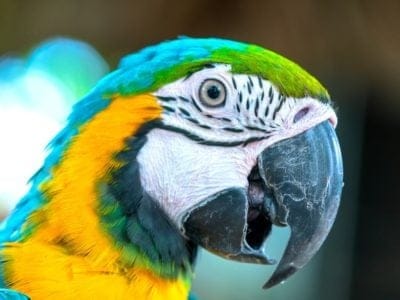
Parrot
Can live for up to 100 years!
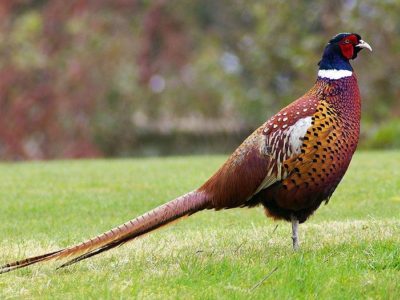
Pheasant
Females lay between 8 and 12 eggs per clutch!
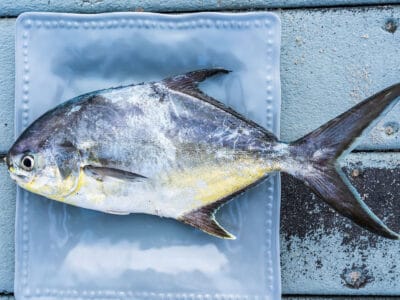
Pompano Fish
They are bottom-feeders
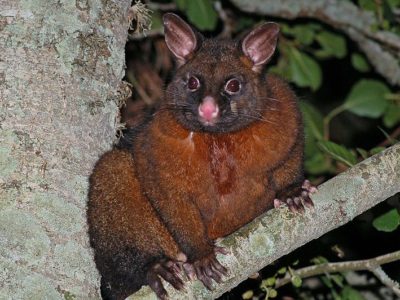
Possum
There are 69 species on the Australian continent!
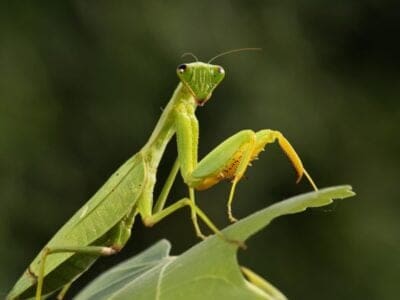
Praying Mantis
The mantis can turn its head 180 degrees.
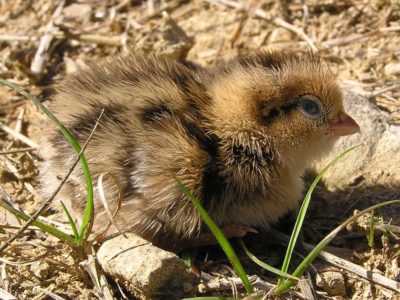
Quail
Inhabits woodland and forest areas worldwide!
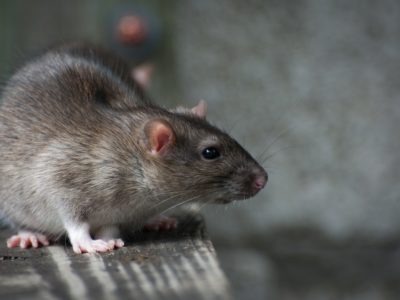
Rat
Omnivores that eat anything!
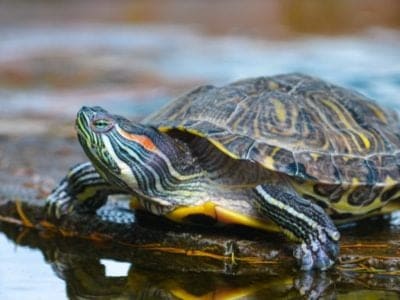
River Turtle
Inhabits freshwater habitats around the world!
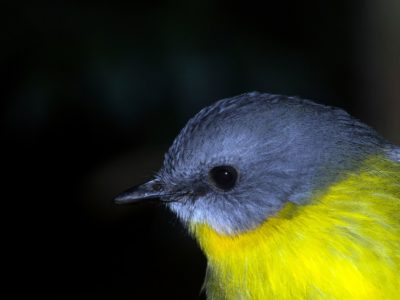
Robin
There are more than 45 species in Australia alone!
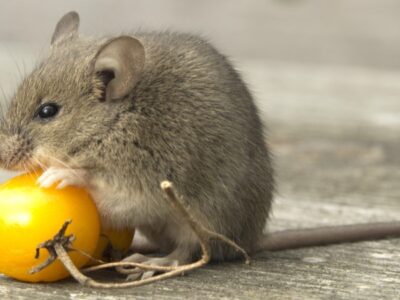
Rodents
The capybara, the world’s largest rodent, likes to be in and around bodies of water. Because of this, the Catholic Church in South America decided that it was a fish, and people were allowed to eat it during Lent and First Fridays.

Rooster
Will mate with the entire flock!
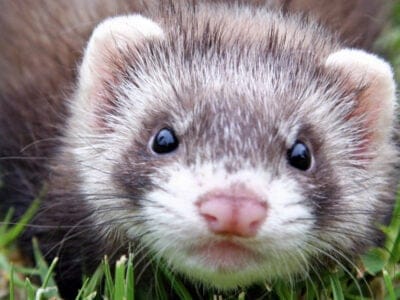
Sable Ferret
Ferrets were used during the Revolutionary War to keep down the rat population.
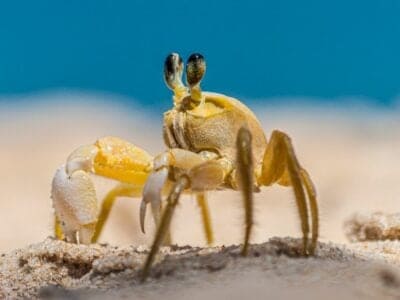
Sand Crab
The sand crab burrows beneath the sand with its tail
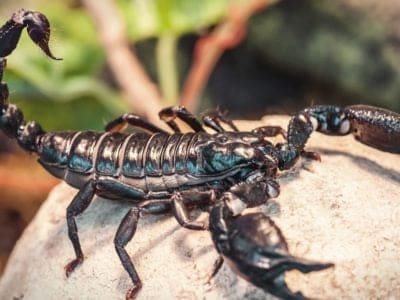
Scorpion
There are around 2,000 known species!
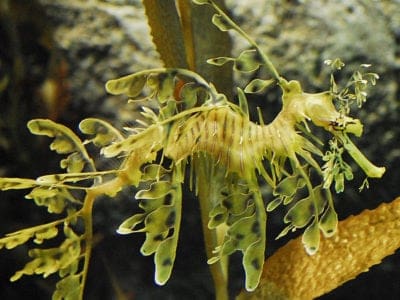
Sea Dragon
Inhabits tropical coastal waters of Australia!
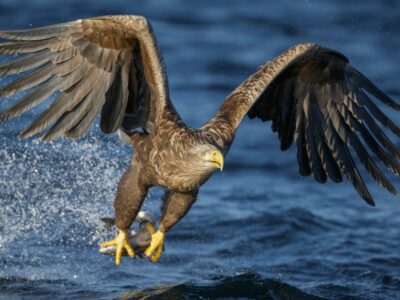
Sea Eagle
The sea eagle tends to mate for life with a single partner
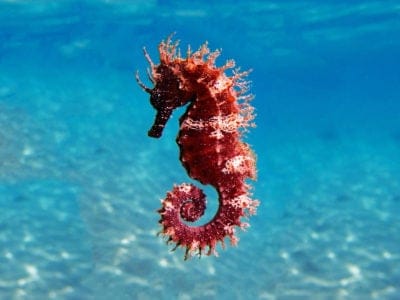
Seahorse
Males give birth to up to 1,000 offspring!
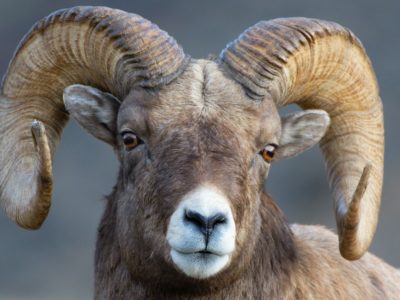
Sheep
Around 35 million in the English countryside!

Shrimp
There are 2,000 different species worldwide!

Smokybrown Cockroach
Has up to 45 eggs per egg case

Snail
There are nearly 1,000 different species!
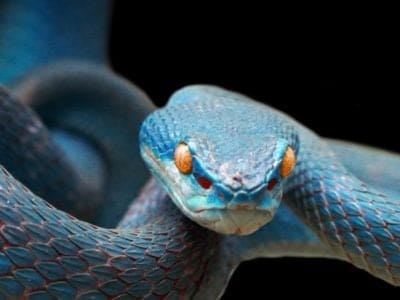
Snake
There are around 4,000 known species worldwide
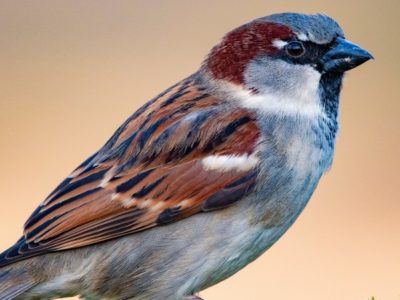
Sparrow
There are 140 different species!
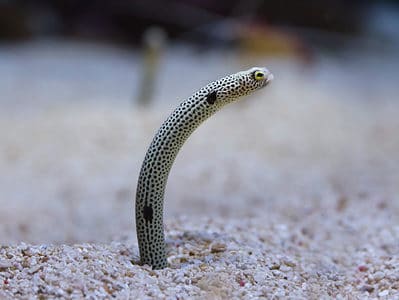
Spotted Garden Eel
Males battle each other over females and territory
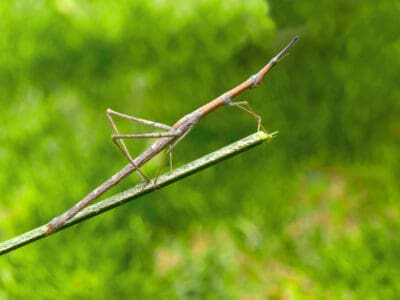
Stick Insect
There are more than 3,000 different species!
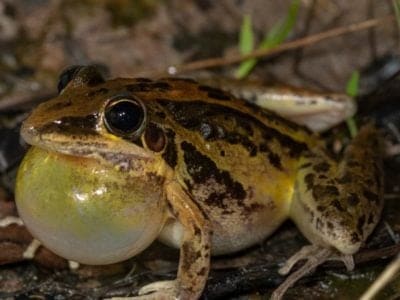
Striped Rocket Frog
Long powerful hind legs!
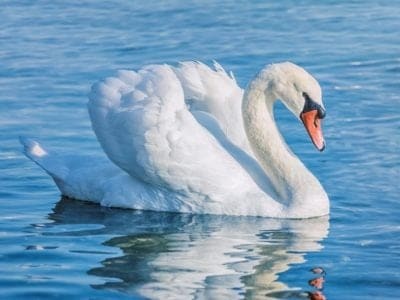
Swan
Populations have been affected by pollution!
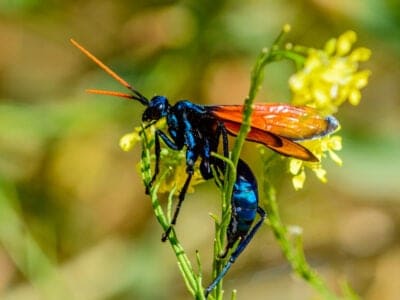
Tarantula Hawk
Tarantula hawks are excellent pollinators, especially for milkweed.
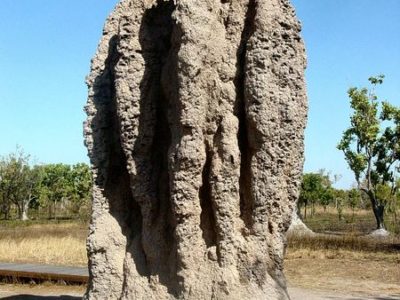
Termite
Their mounds can be up to 9 meters tall!
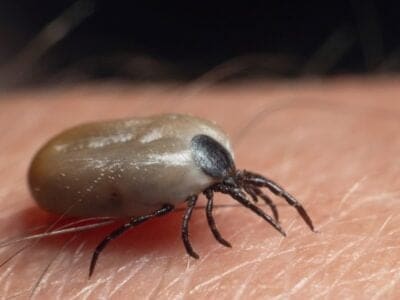
Tick
They inject hosts with a chemical that stops them from feeling the pain of the bite
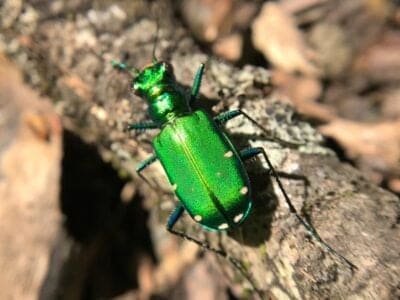
Tiger Beetle
The adult tiger beetle is one of the fastest land insects in the world
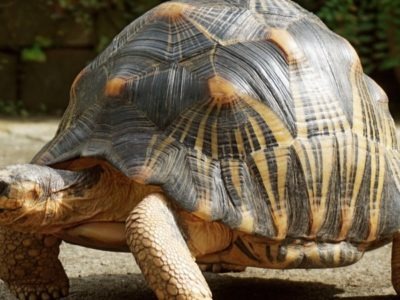
Tortoise
Can live until they are more than 150 years old!
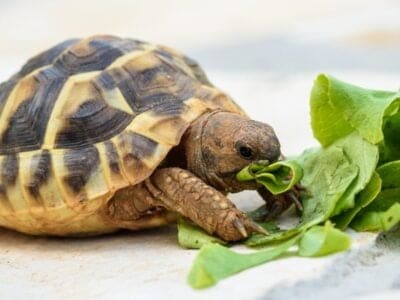
Turtles
Some species of aquatic turtles can get up to 70 percent of their oxygen through their butt.
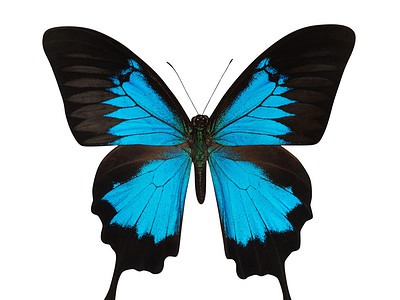
Ulysses Butterfly
Ulysses butterflies have come back from endangered status to just "threatened."
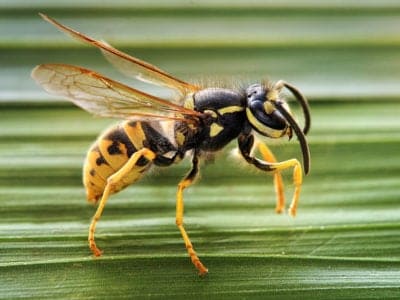
Wasp
There are around 75,000 recognised species!
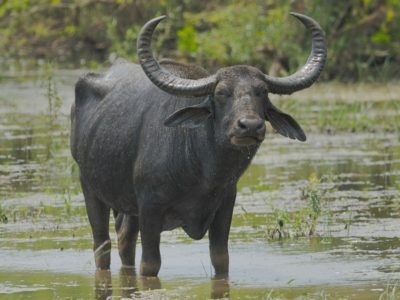
Water Buffalo
Has been domesticated for thousands of years!
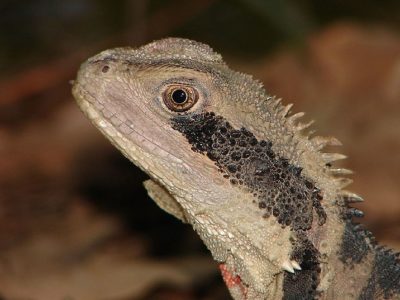
Water Dragon
Spends most of it's time in the trees!
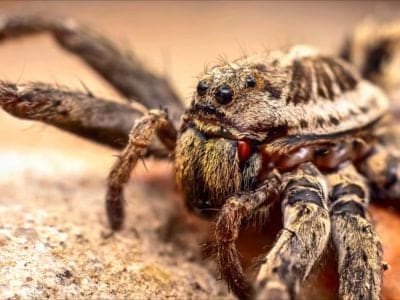
Wolf Spider
Carnivorous arachnid that hunts its prey.
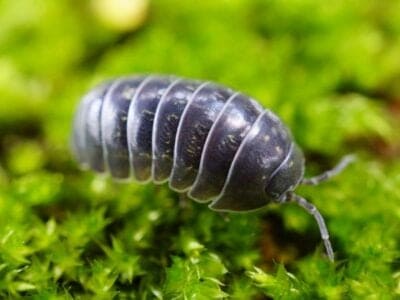
Woodlouse
This animal can roll up into a ball
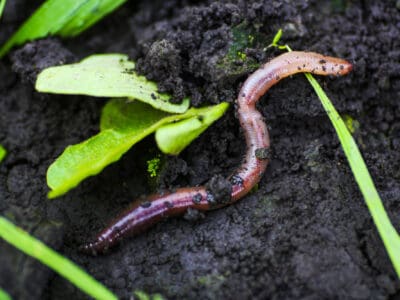
Worm
Doesn’t have eyes.
New Caledonian Animals List
- Ant
- Apple Moth
- Barn Owl
- Bat
- Bed Bugs
- Bee
- Beetle
- Bird
- Biscuit Beetle
- Black Widow Spider
- Brown Dog Tick
- Budgerigar
- Butterfly
- Camel Cricket
- Cat
- Caterpillar
- Catfish
- Centipede
- Chicken
- Cockroach
- Coconut Crab
- Codling Moth
- Common Furniture Beetle
- Common House Spider
- Cormorant
- Cow
- Crab
- Crab Spider
- Crane
- Crested Gecko
- Crested Penguin
- Cricket
- Crocodile
- Cuckoo
- Deathwatch Beetle
- Dog
- Dog Tick
- Donkey
- Dragonfly
- Duck
- Dung Beetle
- Dusky Shark
- Earthworm
- Earwig
- Eel
- False Widow Spider
- Firefly
- Flea
- Fly
- Frog
- Fruit Fly
- Gargoyle Gecko
- Gecko
- Glowworm
- Gnat
- Grasshopper
- Hamster
- Hare
- Hawk Moth Caterpillar
- Heron
- Highland Cattle
- Honey Bee
- Hornbill
- Horse
- Horsefly
- Housefly
- Human
- Huntsman Spider
- Ibis
- Insects
- Kagu
- Ladybug
- Leech
- Lizard
- Magpie
- Marine Toad
- Mayfly
- Mealybug
- Millipede
- Monarch Butterfly
- Mongrel
- Monitor Lizard
- Monkey
- Moorhen
- Moth
- Mouse
- Nematode
- Orb Weaver
- Otter
- Owl
- Parrot
- Pheasant
- Pompano Fish
- Possum
- Praying Mantis
- Quail
- Rat
- River Turtle
- Robin
- Rodents
- Rooster
- Sable Ferret
- Sand Crab
- Scorpion
- Sea Dragon
- Sea Eagle
- Seahorse
- Sheep
- Shrimp
- Smokybrown Cockroach
- Snail
- Snake
- Sparrow
- Spotted Garden Eel
- Stick Insect
- Striped Rocket Frog
- Swallowtail Butterfly
- Swallowtail Caterpillar
- Swan
- Tarantula Hawk
- Termite
- Tick
- Tiger Beetle
- Tortoise
- Turtles
- Ulysses Butterfly
- Wasp
- Water Buffalo
- Water Dragon
- Wolf Spider
- Woodlouse
- Worm
Animals in New Caledonia FAQs (Frequently Asked Questions)
What Animals Are Extinct or Endangered in New Caledonia?
Dugongs: These gentle giants of the sea are similar to manatees. They are almost extinct everywhere, but New Caledonia is one of their chief sanctuaries.
Bats: The New Caledonia long-eared bat (Nyctophilus nebulosus), which was discovered in 1991, is an endangered endemic bat. At one time, scientists thought it was extinct, but conservationists have had confirmed recent sightings.
What Unique Animal Lives in New Caledonia, and What Makes It Unique?
The kagu, a flightless bird, is the rarest bird on the island. This flightless, endangered bird is also the national animal of New Caledonia. Kagus are known for the unusual barking noise they make when they are trying to scare off predators or other kagus.
Other unique birds endemic to New Caledonia are the New Caledonia imperial pigeon (Ducula goliath), which is the world’s largest arboreal pigeon, the cloven-feathered dove (Drepanoptila holosericea), and the New Caledonian owlet-nightjar (Aegotheles savesi), which is critically endangered.
What Are the Most Dangerous Animals in New Caledonia?
Although the country does not have venomous land snakes, it is home to two highly dangerous sea snakes. The Laboute’s sea snake (Hydrophis laboutei) and the New Caledonian sea krait (Laticauda saintgironsi) are highly venomous snakes whose bites can be fatal.
New Caledonia’s dangerous land animals include large, tropical centipedes and scorpions.




